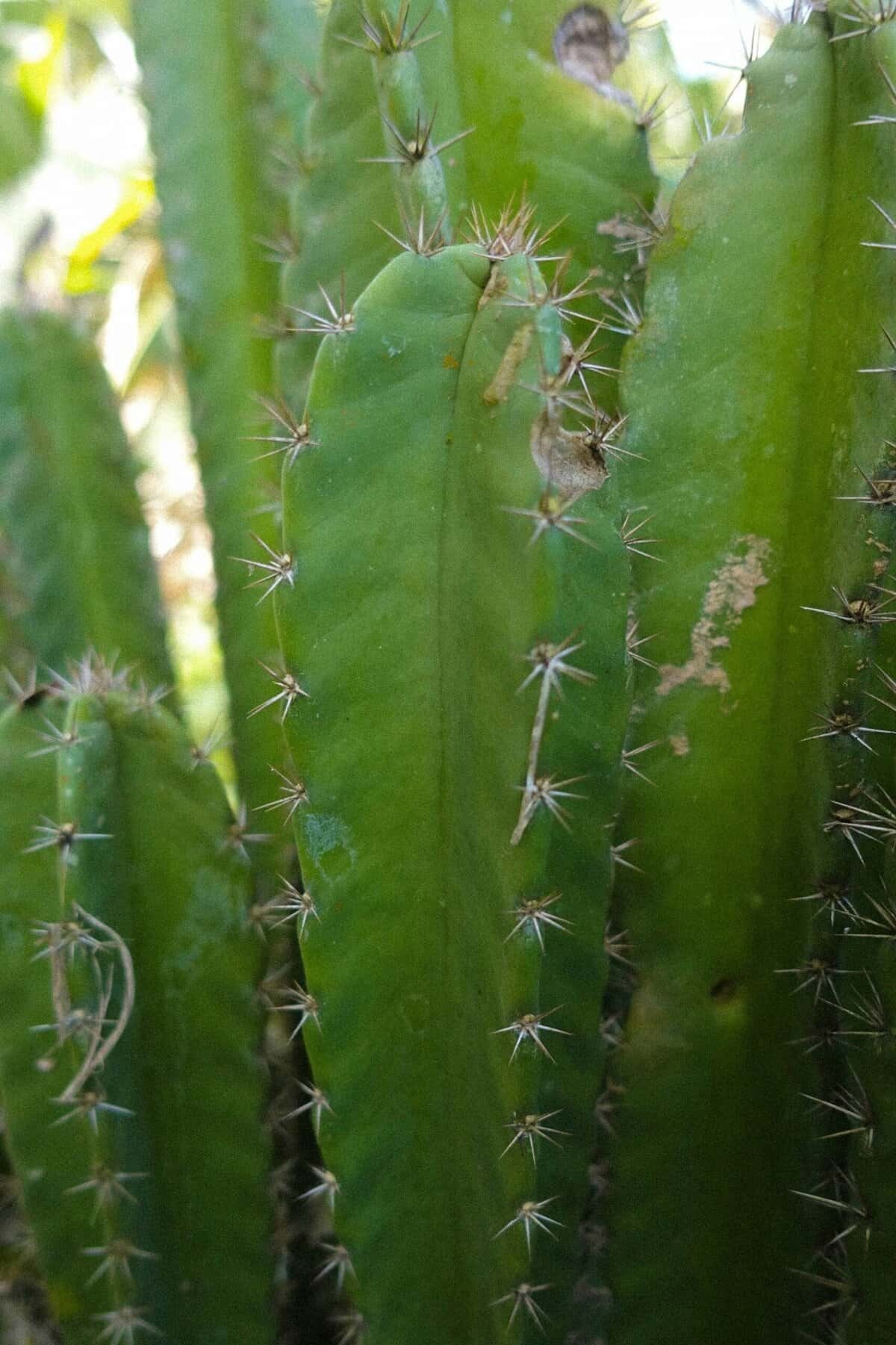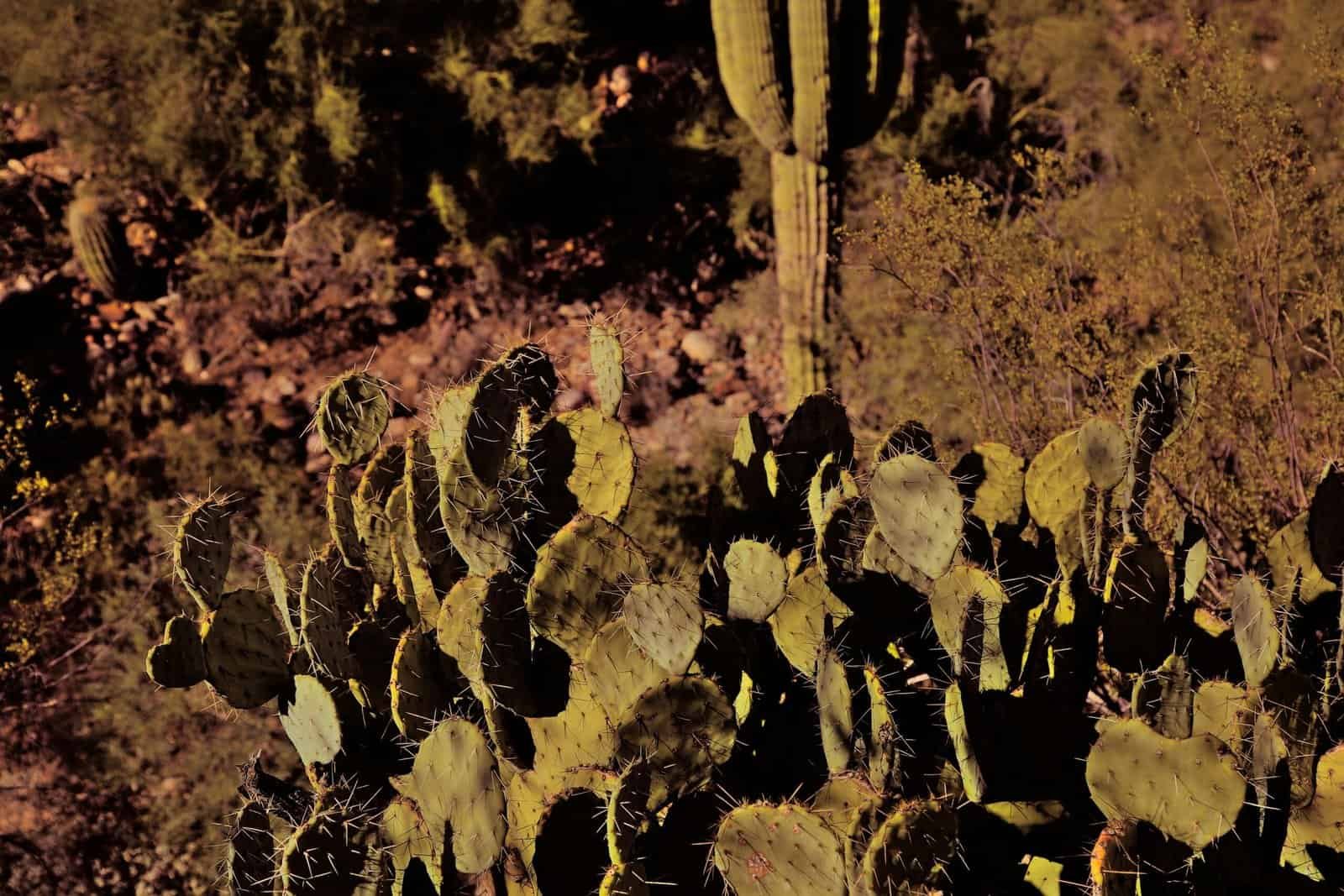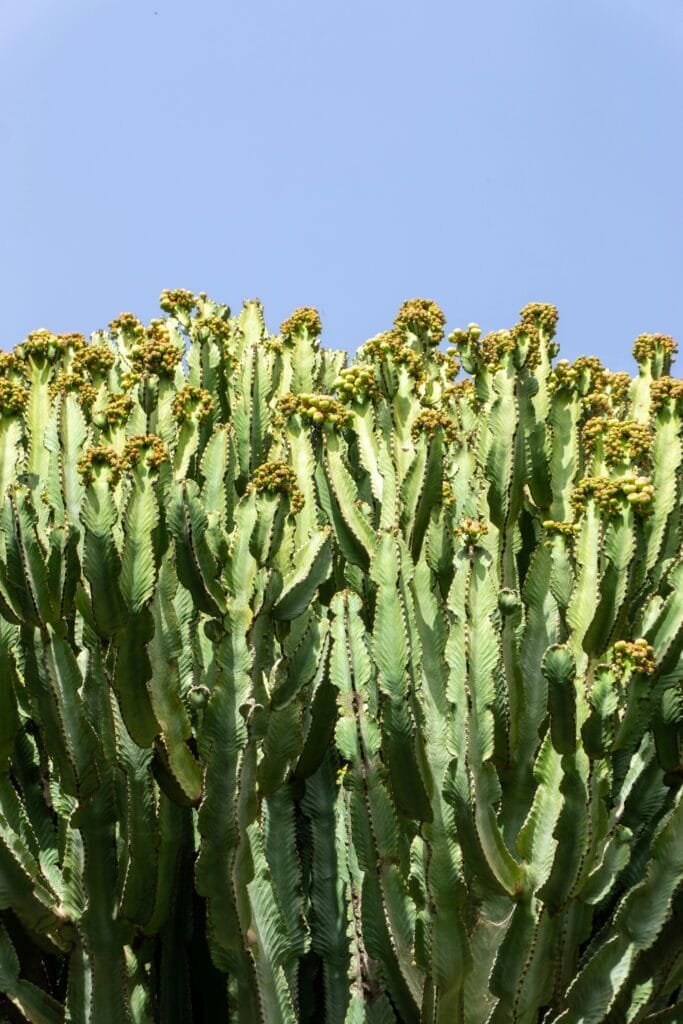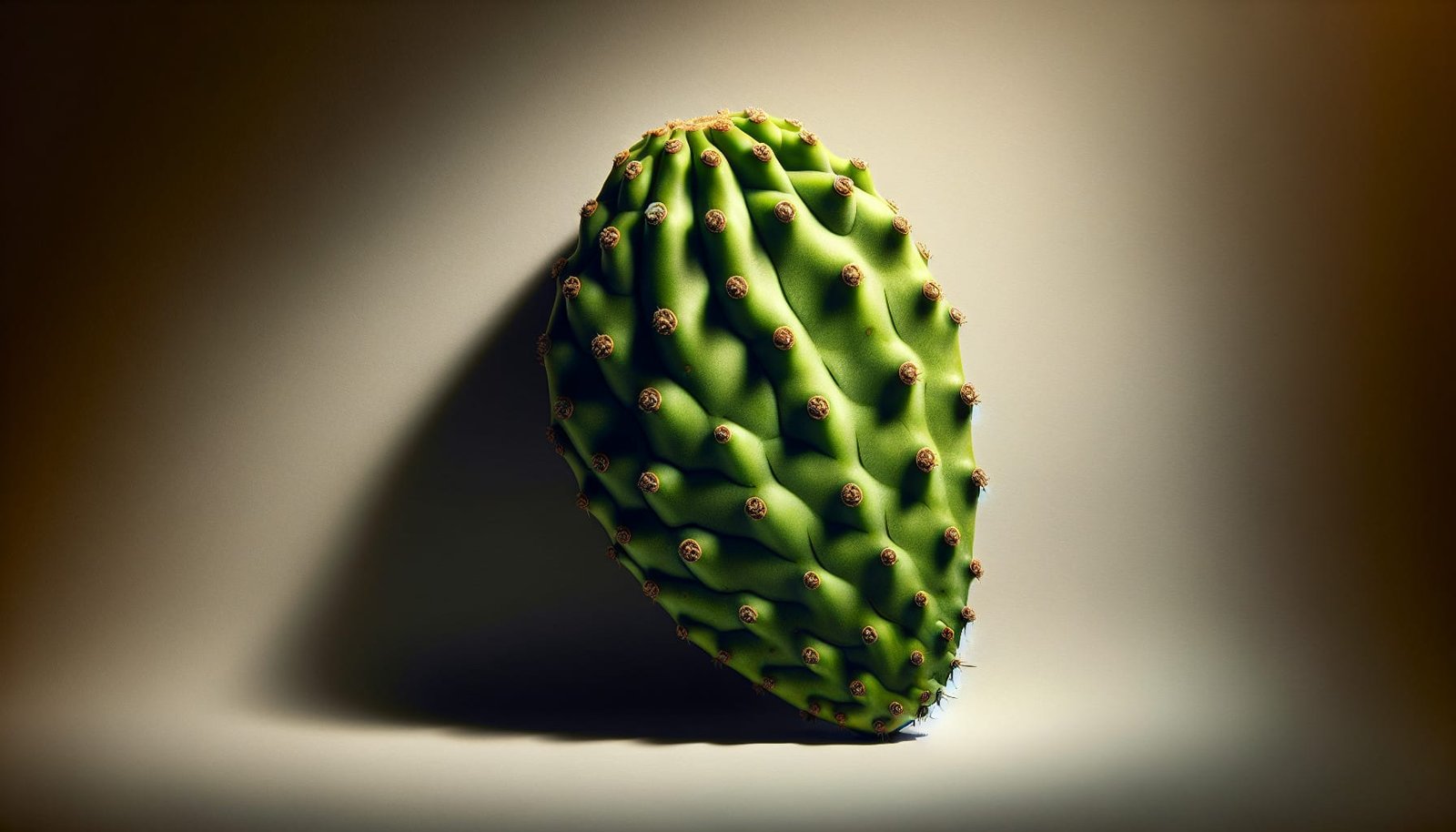Have you ever wondered how nopal cactus can be an effective feed for animals? Introducing this versatile plant into the dietary routine of your livestock might just be the sustainable and nutritious solution you’ve been looking for. It thrives in arid conditions and offers a variety of benefits when used as animal feed. Let’s delve into how you can utilize nopal cactus to improve your animal’s diet effectively.

Understanding Nopal Cactus
The nopal cactus, also known as the prickly pear or Opuntia, is a resilient and drought-tolerant plant. It’s common in regions with limited water availability, making it an invaluable resource. The plant’s fleshy pads, known as cladodes, are rich in water content and offer a surprising depth of nutrition. This makes them a viable option for animal feed, particularly in areas where other forages are scarce.
Nutritional Profile of Nopal Cactus
Nopal cactus pads are rich in water, making them excellent for hydration. They are packed with vitamins such as A, C, and several B complexes, and essential minerals like calcium, magnesium, and potassium. Moreover, they contain dietary fiber and have antioxidant properties, contributing to an animal’s overall health when included in their diet.
| Nutrient | Benefits |
|---|---|
| Water | Hydration source for animals in arid areas |
| Vitamins | Supports immune function and skin health |
| Minerals | Essential for bone health and metabolic processes |
| Fiber | Aids in digestion and maintains healthy gut flora |
| Antioxidants | Protect against cellular damage |
Benefits of Using Nopal Cactus As Animal Feed
Using nopal cactus as animal feed brings numerous advantages. Here’s what you need to know:
Drought Resistance
Nopal cactus can grow where many other plants cannot, particularly during dry seasons. This resilience ensures a consistent feed source, reducing the need for off-farm inputs and securing a stable food supply for your animals.
Cost-Effectiveness
Growing nopal cactus can be significantly less expensive than purchasing commercial feeds. It lowers the cost of feeding livestock and can be cultivated locally, decreasing transportation expenses.
Nutritional Advantages
The high water content and nutrients mean that when nopal is used as feed, animals are better nourished and hydrated, improving their overall health and productivity. This is particularly beneficial for dairy and meat production, as healthier livestock yield better quality products.
Environmental Benefits
Cultivating nopal cactus requires little water, reducing the environmental footprint of animal farming. It also helps prevent soil erosion, contributing to preserving fertile lands.
Preparing Nopal Cactus for Animal Feed
Before nopal cactus can be used as feed, it must be properly prepared to ensure it is safe and nutritious for consumption.
Harvesting the Cactus
To begin, select mature pads that are free from rot or insect infestations. Use gloves to handle the cactus to avoid contact with the spines. A machete or knife can be used for cutting the pads from the plant base.
Removing the Spines
Spines must be removed thoroughly before the cactus is fed to animals. This can be done using a blowtorch, which chars the spines off while leaving the pad intact, or by scraping them off with a blunt knife. Either method ensures the safety of the animals consuming the cactus.
Chopping and Sizing
Once de-spined, the cactus pads should be chopped into smaller pieces to facilitate easier consumption and digestion by the animals. The exact size and consistency may vary depending on the type of livestock.
Drying and Storage
When feeding schedules allow, drying the pads can extend their shelf life. A simple air-drying technique can be employed by spreading the chopped cactus in a dry, ventilated area. Once dried, store them in a cool, dry place to prevent mold growth.
Feeding Strategies for Different Animals
The implementation of nopal cactus as animal feed can vary based on the type of livestock you are caring for. Here are some methods:
Cattle
For cattle, nopal cactus can be mixed with other feed items to balance the diet. Chopped cactus can be combined with hay or other forage to maximize hydration and nutritional intake. It is particularly useful in dry seasons to maintain milk production.
Sheep and Goats
Sheep and goats can benefit from nopal cactus, particularly when forage is scarce. They generally require a smaller feeding portion compared to cattle. The moist nature of the cactus complements dry feeds and enhances digestion.
Pigs
Pigs can also benefit from nopal cactus as part of a varied diet. Mixed with grains and other supplements, it keeps pigs hydrated and improves their digestion due to its high fiber content.

Economic Impact and Sustainability
By implementing nopal cactus as a regular part of your animal feed regimen, you are not only improving the health of your livestock but also promoting sustainability. Here’s how:
Reducing Feed Costs
Growing and using nopal cactus can significantly cut down on your feed expenses, giving you financial leeway to invest in other areas of your farm operations. The reduction in feed costs can be substantial, especially during prolonged dry spells when traditional feed prices often increase.
Enhancing Biodiversity
Integrating nopal cactus into your agricultural practices encourages biodiversity. It supports various forms of wildlife, thereby promoting a balanced ecosystem.
Supporting Food Security
In arid and semi-arid regions, nopal cactus plays a vital role in ensuring food security by providing a reliable feed source. This contribution is crucial in mitigating the risks of climate change and fluctuating weather patterns affecting feed availability.
Challenges and Considerations
While the benefits are numerous, it’s important to be aware of potential challenges when using nopal cactus as feed.
Handling and Preparation
The presence of spines requires careful handling and preparation, which can be labor-intensive. Ensuring that spines are fully removed is essential to prevent injury to animals.
Nutritional Balance
While nopal cactus is nutritious, relying solely on it can lead to dietary imbalances. It is crucial to complement cactus-based feed with other nutritional sources to meet all dietary needs of the animals.
Cultural Acceptance
In some regions, there may be cultural resistance to adopting alternative feed strategies. Educating and demonstrating the benefits of nopal cactus can help overcome these barriers.

Conclusion
Incorporating nopal cactus into the diet of your livestock can be both an economically and environmentally sound decision. This resilient plant offers hydration, along with a host of essential nutrients that contribute to overall animal health. When prepared correctly, it not only serves your animals but also supports sustainable farming practices and food security. By understanding the steps and considerations involved, you’re equipped to make informed decisions that enhance the wellbeing of your livestock and the environment around you.

